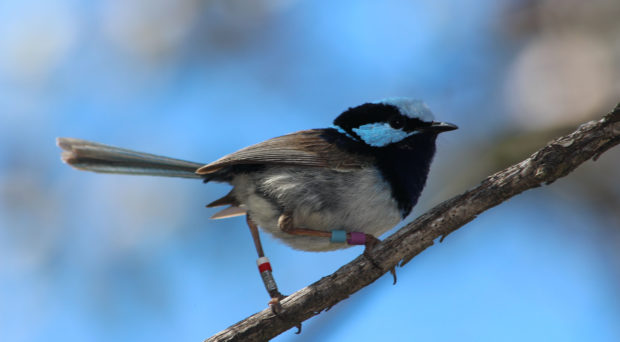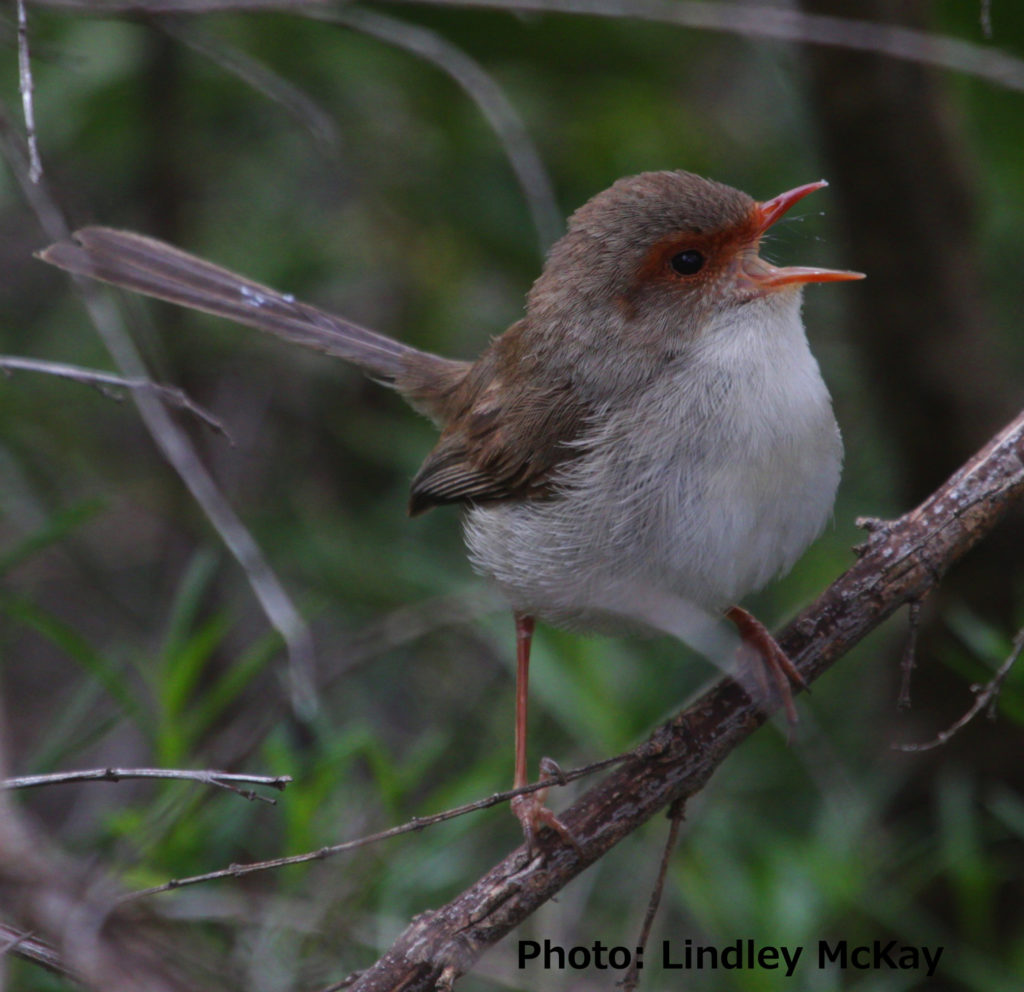
From a very young age we are taught in biology classes that in nature male animals are the pretty ones, while females are boring. These sex differences are easy to observe, with the showy tail feathers of male peacocks and the mane of the lion being some of the most well-known examples.
For years scientists have thought that such differences between sexes are probably a result of sexual selection. This means that the traits that differ between males and females (e.g. elaborate plumage or a mane) are the result of females preferring this trait. But what if they are not? What if differences between males and females are caused by something else? And what if females are also pretty?
Our study subject
Australia is famous for having deadly and bizarre animals, but it also has a very special family of birds, the fairy-wrens. This group of small birds (~ 14 species) from the family Maluridae are famous because they are highly promiscuous and also because they have very bright plumage colourations that reflect ultraviolet light (see above photo).
Male plumage in fairy-wrens possibly evolved as a result of sexual selection (e.g. females preferring bright males). Interestingly, there is also very high variation in plumage across female fairy-wrens. Females from some species are brown and very dull (as in the photo below), while some have blue and bright colourations, just like males. In our recent study we wanted to understand why.

What we found
We went to different museums across Australia and used museum specimens to quantify colour using standard techniques. We measured colour in many individuals and different fairy-wren species, and investigated their geographic distributions. With this information we were able to discover that females of species that lived in open habitats, like grasslands, were more likely to have dull colourations. On the other hand, females from those species that lived in closed habitats, such as forests, tended to have brighter and more colorful plumages, like those of males.
What does this mean?
Our results suggest that evolution of females with cryptic (e.g. dull) plumages is favoured in open habitats, possibly because predation risk is higher in this type of environment and dull plumages camouflage more readily.
These results change our way of thinking about differences in plumage between males and females. They tell us that sex differences in plumage in fairy-wrens are not only driven by sexual preferences. Habitat and natural selection may also drive the evolution of female plumage, resulting in differences between males and females. This means that female birds can also be as pretty as males, depending on where they live.
Comments